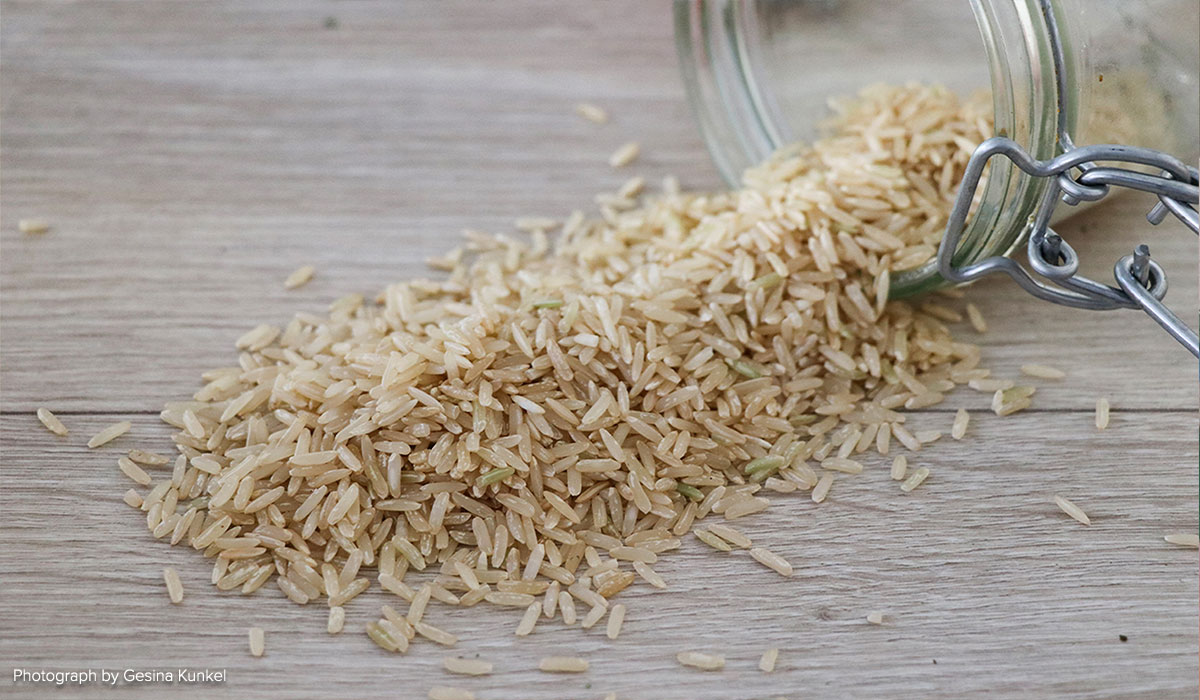MANILA, Philippines — Traditional rice varieties have become an alternative to medicine and home remedies.
A recent study by the Philippine Rice Research Institute showed that 18 rice varieties were identified as medicinal in Palawan, North Cotabato and Zamboanga del Norte for treating fever, cough, measles, stomach ache and diarrhea.
In Palawan, the community herbalist, who is regularly consulted for various illnesses, identified Munahan, Minandiris and Pindinga as medicinal, said research lead Floper Manuel.
“The roots of Munahan is used to treat urinary tract infection, the grains and leaves of Minandiris or Binaritos are believed to regain men’s virility and treat herpes while the roots, leaves and grains of Pindinga are supposed to cure allergy, itchiness and bloating,” he said.
Manuel said locals use rice as medicine because it is readily available within the neighborhood and is much cheaper than the generic drugs.
Crossing rivers more than 10 times to reach the nearest health center compels them to try household remedies before seeking physician’s help.
In Arakan Valley in North Cotabato, Manobo elders shared that Dinorado, Bagtok and Sawwi are used in treating indigestion and other sicknesses including those that may have been caused by ‘supernatural’ powers.
In Zamboanga del Norte, Magaraya is known to treat fever, stomach pains, diarrheas, colds, cough, measles and body pains.
“A mother shared that nine of her children have never been confined to a hospital and that they were only treated with traditional and herbal medicines,” Manuel said.
“The municipal doctor in the town noted the use of Magaraya as medicine, although it is not included among the country’s Philippine traditional medicines,” he said.
Ethnobotanical studies confirm that certain plants such as traditional rice varieties have role in the healthcare system of some communities for long time, providing benchmark for scientists to explore opportunities that these plant species may have to offer.
PhilRice food scientist Marissa Romero said traditional rice varieties, which are usually pigmented, are rich in antioxidants such as phenolic compounds, vitamin E derivatives, and yoryzanol that are effective free radical scavengers.
“There are claims about the medicinal benefits of rice but in the Philippines, we have yet to conduct clinical studies to verify these properties,” Romero said.
REFERENCE: https://www.philstar.com/business/agriculture/2019/07/14/1934411/traditional-rice-medical-use








